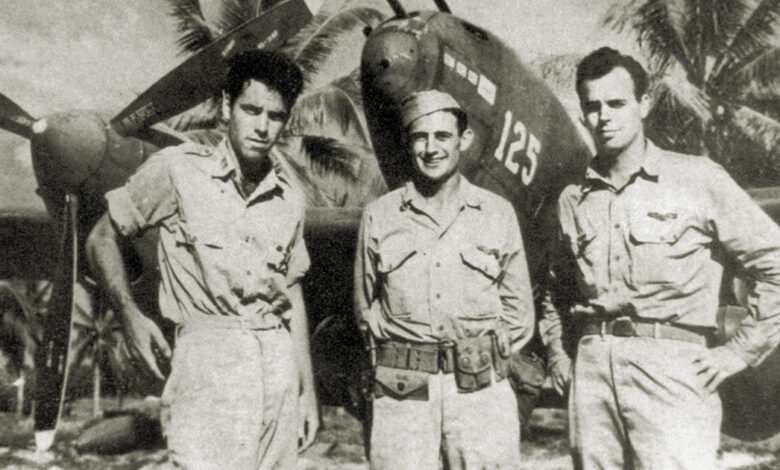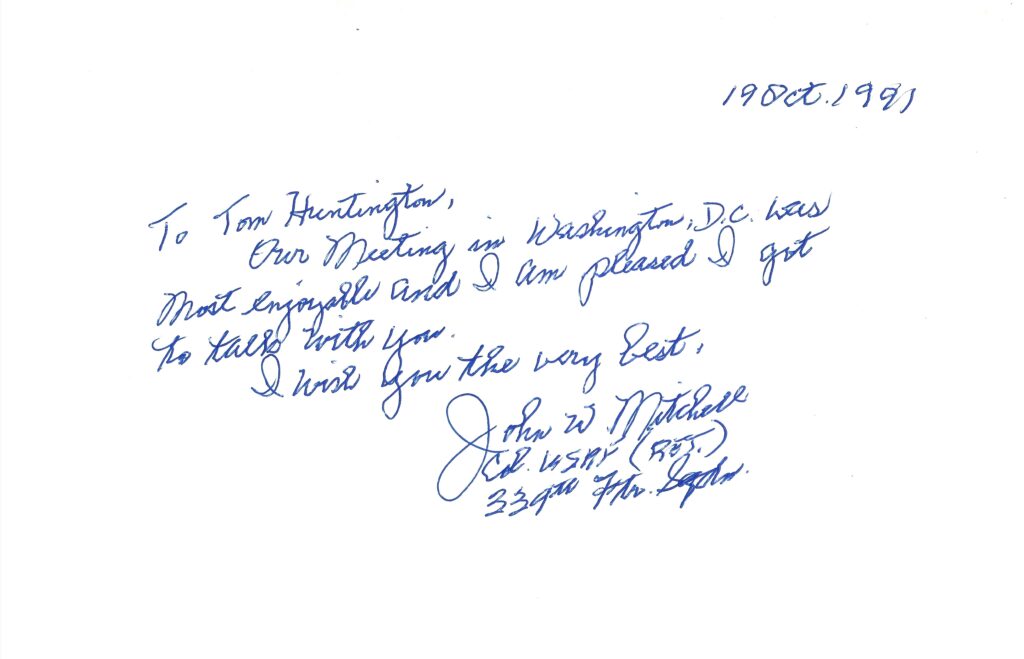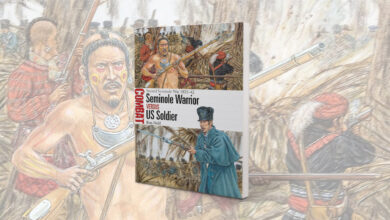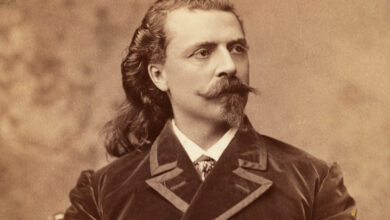
[ad_1]
If you ask me, World War II’s coolest airplane is the Lockheed P-38 Lightning. It looks like something a kid might have doodled in a notebook while daydreaming in class. I became enthralled with the airplane in junior high when I read a book by Martin Caidin called Fork-tailed Devil: The P-38. I also made the Revell model kit of the Lightning flown by Richard Bong, America’s highest-scoring ace with 40 victories. I believed then that the P-38 was the war’s greatest fighter, but the more I read, the more I realized that the North American P-51 Mustang probably made a bigger impact. The P-38 was a much more complicated beast, and it experienced all sorts of mechanical issues in both theaters of the war, while the single-engine Mustang proved to be a relatively trouble-free “Big Friend” to American bombers over Europe.
In the Spring 2024 issue of World War II we told the story of a P-38 pilot, Laurence Elroy “Scrappy” Blumer, who flew in the European Theater. While the Lightning did perform valuable service there, it really made its reputation in the Pacific, where, among other things, P-38 pilots flew one of the most amazing missions of the war. On April 18, 1943, 16 Lightnings of the 339th Fighter Squadron under the command of Major John W. Mitchell flew out of Guadalcanal to shoot down Japanese admiral Isoroku Yamamoto, the mastermind behind the Pearl Harbor attack. They knew where to find the admiral because the United States had cracked a coded Japanese message that detailed his plans. And find him they did, after Mitchell led them on a circuitous 600-mile course over the ocean, guided only by his wristwatch, a newly installed navy compass, and dead reckoning. Amazingly, they arrived just as Yamamoto was descending over Bougainville Island to land in his Mitsubishi G4M1 “Betty” bomber on an adjoining island. (The deteriorating wreckage of the admiral’s Betty still lies in the jungle on Bougainville.)
Two pilots, Tom Lanphier and his wingman, Rex Barber, were later awarded a half credit each for the admiral’s Betty, but Lanphier publicly claimed he was the pilot who alone shot down Yamamoto’s airplane. Barber later came to believe that he deserved sole credit. When Barber contested the credit allocation in 1991 before a U.S. Air Force board, I wrote a magazine article about the mission and the ensuing controversy. I got to meet and interview Barber and Mitchell (Lanphier had died in 1987) and I did phone interviews with all the other surviving members of the mission, known as Operation Vengeance. It was quite a thrill to talk to these men and hear their personal recollections of this historic incident. I came to believe that Barber was probably correct, but the board decreed that there just wasn’t enough evidence to change anything after the passage of so many years. To this day Barber and Lanphier share the credit for shooting down Yamamoto.

(HistoryNet Archives)
I still treasure the memories of interacting with these men who had become part of history. I also treasure P-38 Lightning, a book I own by writer Jeffrey L. Ethell and illustrator Rikyu Watanabe. It’s a beautiful volume, with lots of foldout illustrations of the airplane, but my copy is special because it includes an inscription and signature by John Mitchell himself. I think that’s pretty cool—just like the P-38.
Source link




